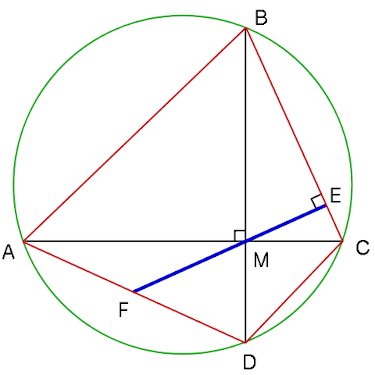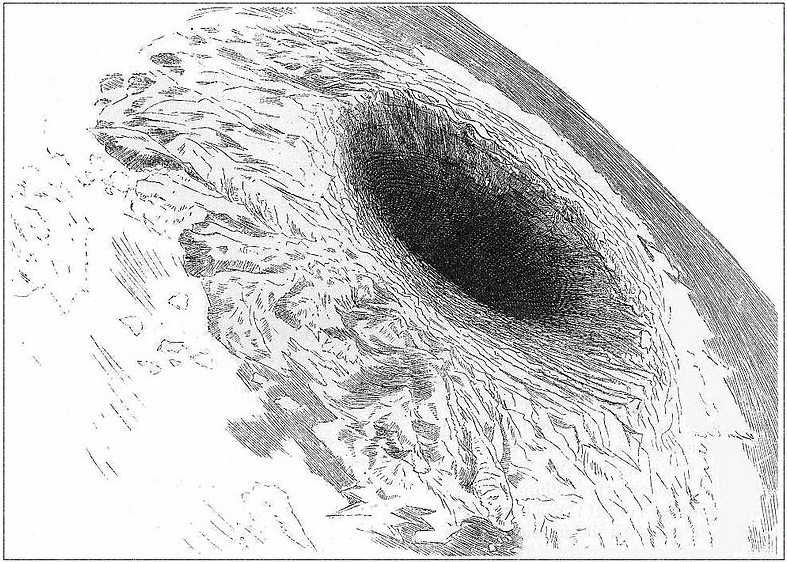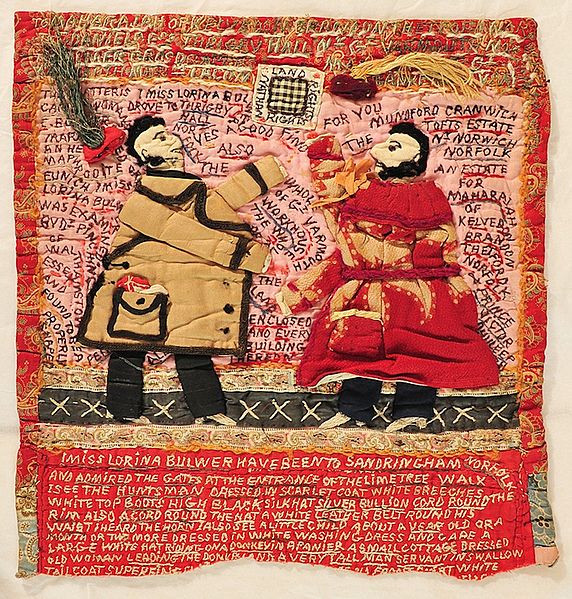Quotations from André Gide:
Nothing prevents happiness like the memory of happiness.
Understanding is the beginning of approving.
The color of truth is gray.
At times it seems that I am living my life backward, and that at the approach of old age my real youth will begin.
Only fools don’t contradict themselves.
Do not do what someone else could do as well as you. Do not say, do not write what someone else could say, could write as well as you.
It is easier to lead men to combat, stirring up their passion, than to restrain them and direct them toward the patient labor of peace.
Believe those who are seeking the truth. Doubt those who find it.
To read a writer is for me not merely to get an idea of what he says, but to go off with him and travel in his company.
Most quarrels amplify a misunderstanding.
Fish die belly-upward and rise to the surface; it is their way of falling.
Our judgments about things vary according to the time left us to live — that we think is left us to live.
Art is a collaboration between God and the artist, and the less the artist does the better.
The most decisive actions of our life — I mean those that are most likely to decide the whole course of our future — are, more often than not, unconsidered.




